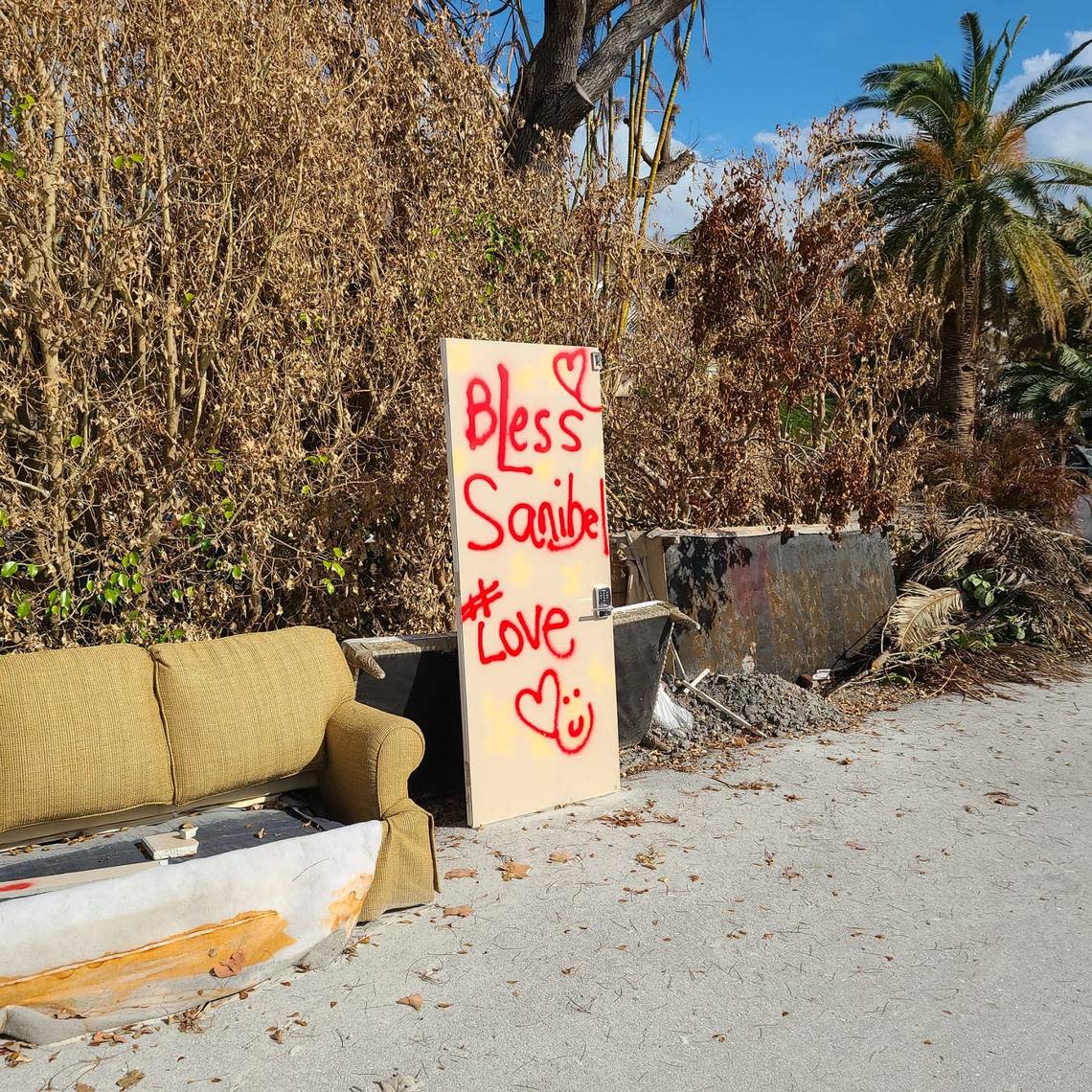Storms are just one reason to consider travel insurance. Tip: Buy early

When it comes to planning their vacations, travelers often spend hours researching hotels, hot restaurants and once-in-a-lifetime experiences. Hurricane Ian’s fierce swipe at Southwest Florida serves as a reminder that travel insurance should also be on the checklist.
If you snagged a cheap airfare for a quick weekend away, an insurance policy may not be worth the cost. But “if the amount you’re spending on your trip is a material amount to you, you should insure it,” says Angela Borden, product marketing strategist for Seven Corners Insurance. Consumer advocate Christopher Elliott suggests a trip cost of $5,000 as a general benchmark.
Cruise lines, tour agencies and travel agents encourage insurance for good reason: They won’t pick up the tab if your flight gets delayed, your abuela needs emergency surgery or a storm threatens your home or your destination. But a good policy can — provided you buy it early enough.
For an insurance policy to cover your trip due to a storm, the policy needs to be purchased before a storm hits the radar. “Weather is unpredictable and what many travelers don’t know is that once a hurricane impacting one’s destination is identified and named, it’s too late to purchase travel insurance,” said Daniel Durazo, director of external communications at Allianz Partners USA, via email. In 2021, Allianz customers filed more than 5,000 claims because of weather disruptions.
Preexisting medical conditions are another reason to buy early. Most policies cover known conditions only if you buy your policy within seven to 14 days of making your first trip payment.
Not worried about your own health? How about that uncle who has always been like a father to you? Severe airline delays, like those that plagued Europe and the U.S. last summer? Or COVID (yes, it’s still a thing).
And if you think your Medicare policy will do the trick, guess again: In most cases, Medicare will not provide coverage for care outside the U.S.
Here are other factors to consider when you’re checking out travel insurance. For more information and a list of insurers committed to ethical standards, check ustia.org, the website for the U.S. Travel Insurance Association.
Timeliness: If you want your preexisting medical conditions covered, you may need to purchase your policy within 7-14 days of your first trip payment. (Check the policy to find out how far it looks back on preexisting conditions; if you had an issue several years ago, it may not matter.) If you do have to file a claim, be sure to do it as soon as possible. Some policies require that claims be submitted within 30 days of the incident.
Comprehensive versus annual policies: Casual vacationers who take one or two big trips per year may be best served by buying “comprehensive” insurance for each individual trip. This generally covers delays, medical care, lost baggage and trip interruption due to a covered problem at home. Those who travel frequently should look at annual policies, especially for medical coverage and evacuation. A single emergency evacuation can cost upwards of $100,000.
Coverage: Every policy comes with specific conditions regarding preexisting medical conditions, definition of “immediate family” and a host of other circumstances. Looking online is a good way to educate yourself; websites like Squaremouth.com and InsureMyTrip.com sell polices from multiple companies and make it easy to compare them. But before you buy, pick up the phone and call; agents will help you understand the fine print and can steer you in directions you may not have considered.
Primary versus secondary: Primary and secondary designations generally apply to medical, dental and car rental. Primary coverage means your travel policy is the first to pay out, regardless of what other coverage you have. Secondary means your travel policy will pay out only after your primary policy determines its responsibility — which can take months.
Cost: Prices are dependent on multiple factors. The most important is trip cost. The destination, the length of trip and the age of the travelers can also influence pricing, which typically runs 4-10% of the trip cost, says Seven Corners’ Borden. One way to trim the cost is insure just a portion of the expense up front, since hotels and some other costs may be refundable until just before you leave, says Megan Moncrief, chief marketing officer at Squaremouth.
Cancel for any reason: Many companies offer policies that will offer you some or all of your money back if you cancel your trip for any reason. These policies typically are more expensive than other comprehensive policies.
Supplier-provided policies: Buying a policy backed by your travel supplier can be risky; it’s better to go with a well-rated third-party insurer, such as those noted above. Airlines, cruise lines and travel agents often partner with outside insurers that are well regarded, but you want to be sure you understand what conditions will and won’t be covered. (In the case of your airfare, it may be cheaper to take a slightly higher fare that allows you to cancel or change.
Credit card coverage: Once, nearly all credit cards covered some travel mishaps. Today, that varies by card — as do the amounts and conditions covered. Take a good look to be sure you understand the terms.
Jane Wooldridge is a past president of the Society of American Travel Writers and a past winner of the Lowell Thomas Travel Journalist of the Year Award. She is a longtime Miami Herald journalist.
